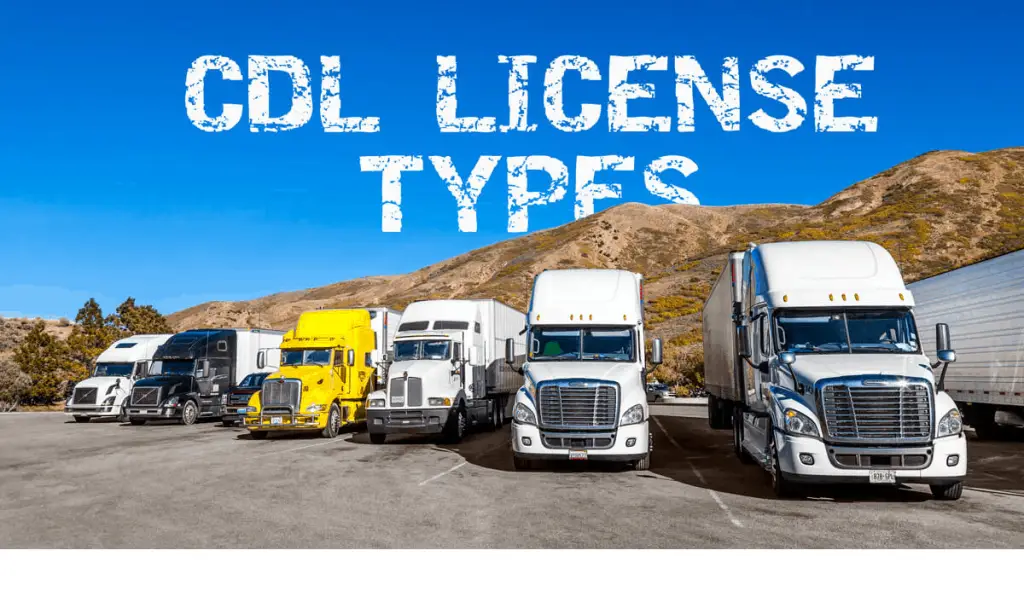What is the process for obtaining a commercial driver’s license in Canada? If you’re looking to drive a truck, bus, or other commercial vehicle professionally, a Commercial Driver’s License (CDL) is essential. Canada has a regulated process that varies slightly by province, but the steps to get a CDL are generally similar nationwide. In this guide, we’ll walk you through each stage—from eligibility to final licensing—so you can hit the road legally and confidently.
Step 1: Determine the Class of Commercial License You Need
Canada categorizes commercial licenses into several classes depending on the type of vehicle:
-
Class 1 – Tractor-trailers (long-haul trucks)
-
Class 2 – Buses (including school and public transit)
-
Class 3 – Large trucks (dump trucks, tow trucks)
-
Class 4 – Taxis, limousines, and small buses
-
Class 5 – Regular passenger vehicles (not commercial)
If you’re looking to operate a big rig or a passenger bus, Class 1 or Class 2 is likely what you need. Always check your province’s specific classification.
Step 2: Meet the Basic Eligibility Requirements
Before applying, you must meet the following general requirements (which may vary slightly by province):
-
Be at least 18 years old
-
Hold a valid full (non-GDL) Class 5 license
-
Have a clean driving record
-
Pass a medical examination
-
Be legally allowed to work in Canada
Some provinces may require additional documentation or background checks, especially for school bus drivers.
Step 3: Pass a Medical Exam
A valid medical report is mandatory to assess your physical fitness for commercial driving. This includes tests for vision, hearing, and general physical health. The form must be completed by a licensed physician and submitted to your provincial licensing authority.
Step 4: Pass a Written Knowledge Test
You’ll need to study the Commercial Driver’s Handbook provided by your province. This test assesses your knowledge of:
-
Road signs and traffic laws
-
Vehicle inspection procedures
-
Cargo handling and securement
-
Hours of service regulations
-
Emergency procedures
Passing this test earns you a learner’s permit for commercial vehicles, often called a Class 1 or 2 learner’s license.
Step 5: Enroll in a Mandatory Entry-Level Training (MELT) Program
As of 2020, provinces like Alberta, Ontario, and British Columbia require MELT certification before testing for a Class 1 or Class 2 license. The program includes classroom instruction, in-yard training, and on-road practice.
This training ensures new drivers meet a consistent standard of safety and skill before operating heavy commercial vehicles.
Step 6: Take the Road Test
Once you complete training and feel confident, schedule your commercial road test. You’ll be tested on:
-
Pre-trip vehicle inspection
-
Air brake system knowledge (if applicable)
-
On-road driving skills (turning, backing, highway merging, etc.)
-
Safety awareness
Bring your own vehicle or rent one through a driving school. Passing the test qualifies you for the full commercial license.
Step 7: Receive Your Commercial Driver’s License
After passing the road test, you’ll be issued your Class 1, 2, 3, or 4 license, depending on what you applied for. With this, you can now legally operate commercial vehicles across Canada.
Some provinces may also provide you with an Air Brake Endorsement (Z) if your vehicle requires it.
Final Thoughts
So, what is the process for obtaining a commercial driver’s license in Canada? It includes determining your license class, passing a medical and written exam, completing training, and passing a road test. While it may seem like a lot, each step ensures you’re prepared for the responsibility of commercial driving.
Whether you’re aiming to become a long-haul trucker or a local bus driver, getting your CDL opens the door to stable and in-demand career opportunities across Canada.

